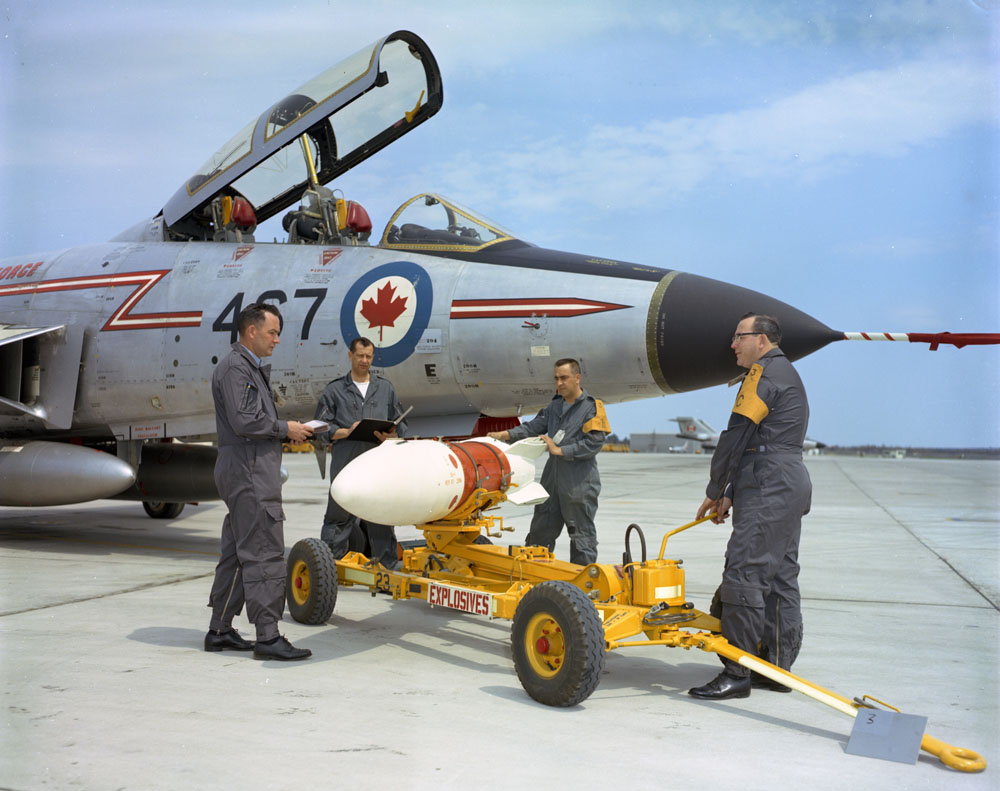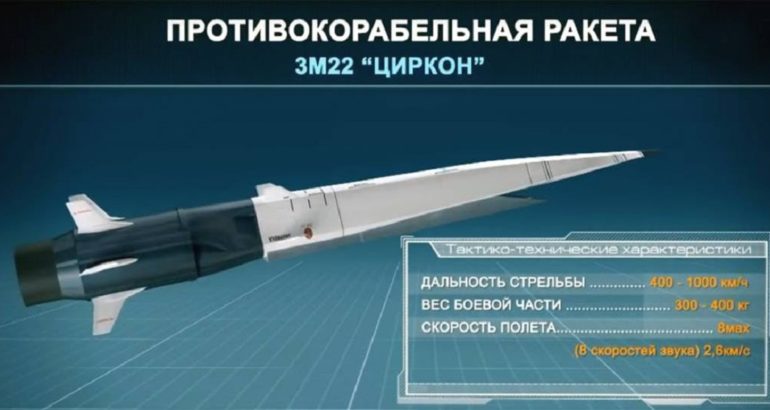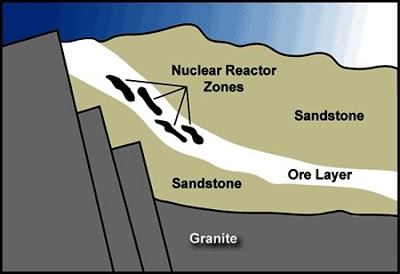Samuel Hardiman
Memphis Commercial Appeal
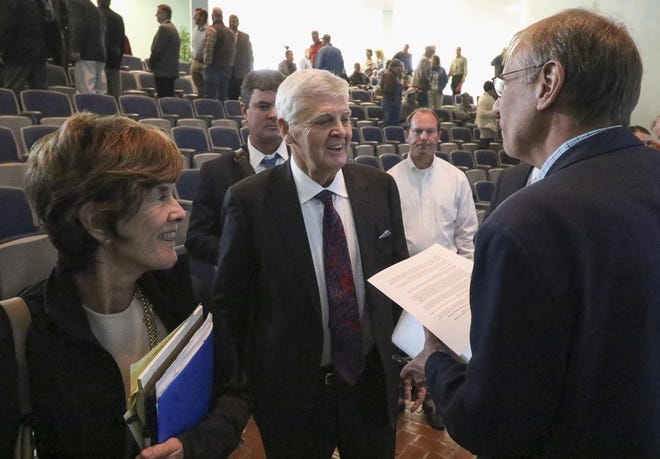
The years-long drama over an Alabama nuclear plant that has sent Memphis to the precipice of leaving the Tennessee Valley Authority appears to be over.
A federal judge ruled Thursday that TVA does not need to sell the Bellefonte Nuclear Plant in Alabama to a company known as Nuclear Development. However, TVA must pay the company $22.9 million and almost three years worth of interest. The ruling is a victory for TVA.
The money and interest it must pay to Nuclear Development is essentially the up-front cash the company paid as part of its plan to purchase the unfinished Bellefonte plant.
Nuclear Development and its owner Franklin Haney spent years pitching Memphis, Light, Gas and Water to leave TVA and purchase power from Bellefonte.
The pressure campaign from Haney and his local operatives caused Memphis to examine whether it should leave TVA, which has supplied it with all its electricity for decades. The work of Haney's local operatives supercharged discussions over MLGW rate hikes and forced the utility to examine energy alternatives.
The private sector is currently bidding on Memphis' power supply — a process that probably never occurs without the persistent pressure of those paid by Nuclear Development.
Memphis representation on TVA board:Memphis will lose its only representation on TVA board after John Ryder's exit
Memphis City Council to TVA:Don't bury coal ash here
Haney’s courtship of Memphis frightened TVA, court documents in the case show. Nuclear Development’s attorneys cited evidence of former TVA CEO Bill Johnson expressing fear about MLGW leaving TVA for Nuclear Development in the days before TVA was supposed to sell Haney's company the plant.
TVA never went through with the purchase in the fall of 2018 and Nuclear Development immediately sued for breach of contract. That legal dispute dragged on until Thursday, though it could be appealed.
The legal battle forced the filing of myriad documents from TVA and Nuclear Development. The documents, which The Commercial Appeal filed a motion to unseal, revealed the extent of Haney's efforts to lure Memphis and multiple other major cities to buy power from Bellefonte.
The documents also unveiled Haney's pursuit of billions of public financing for the plant, which involved hiring former President Donald Trump's former personal lawyer Michael Cohen and hiring lobbyists in Washington D.C.
TVA expressed pleasure at U.S. District Judge Liles C. Burke's ruling.
"We are extremely pleased with this outcome. The Court clearly validated our longstanding position that TVA did not breach its contractual duty to cooperate and use best efforts to complete the sale of Bellefonte to Nuclear Development," TVA said in a statement.
Samuel Hardiman covers Memphis city government and politics for The Commercial Appeal. He can be reached by email at samuel.hardiman@commercialappeal.com or followed on Twitter at @samhardiman.
Carolyn Krause
Special to The Oak Ridger
Andrew Worrall, deputy director of Gateway for Accelerated Innovation in Nuclear (GAIN) and section head at the Oak Ridge National Laboratory, recently presented the clean power source comparisons mentioned in the following scenario during a Friends of ORNL (FORNL) meeting.
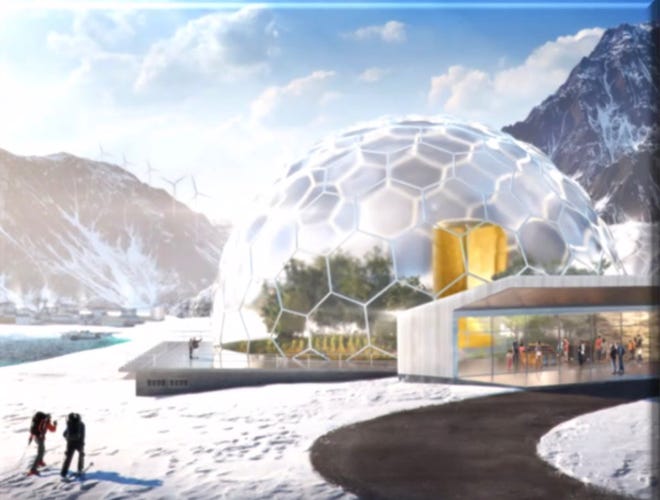
Suppose you are worried about human-caused climate change and you wish to move into a town that is powered by a clean energy source.
Each town you examine is powered by a carbon-free source that will produce almost 470 billion kilowatt hours over its lifespan. Concerned about taxes and utility bills, you are particularly interested in the relative costs of the three sources (in 2009 dollars, according to one study), which include land price, plant components, financing, construction, labor, regulatory fees and fuel.

One town is powered by a solar array that costs $28 billion and produces electricity only 30% of the year because cloudiness and night-time prevent the sun from shining indefinitely on the solar cells. The array covers 62 square miles.
Another town is powered by General Electric wind turbines that cost $11 billion. The spinning turbine blades generate power only 35% of the year because the wind is not always blowing or it blows so hard the wind power farm must be shut down. The farm occupies 36 square miles of land, equivalent to the size of downtown Knoxville.
The third option is a town powered by a $7 billion nuclear power plant, which takes up only six-10ths of a square mile. It generates electricity 92% of the year; the rest of the time the plant is down for maintenance and refueling. According to several studies, nuclear costs less, has a much smaller footprint and is more reliable than the renewable energy sources.
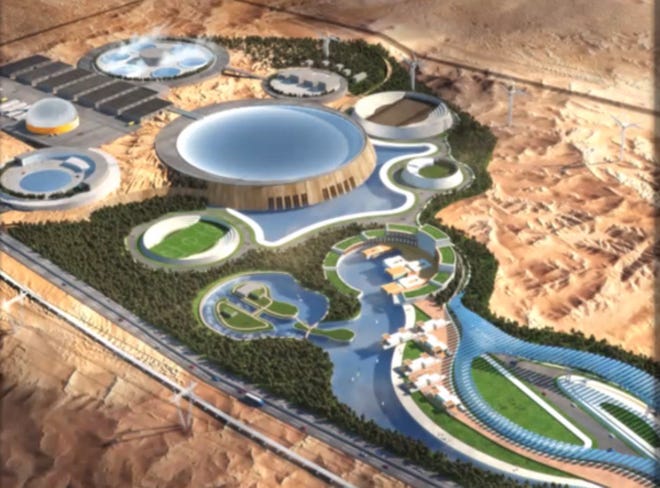
“More than 50% of American clean energy comes from nuclear,” Worrall said.
“There’s been a lot of talk about the resurgence and ‘Second Coming’ of nuclear energy. It never quite materialized. Now we are at the cusp where if we don’t do something, we will be in a much greater mess.”
He was referring to the climate crisis marked by wildfires in the American West, floods in Europe, freezing temperatures that caused a massive power outage in Texas in mid-February and shattered temperature records in the Pacific Northwest and Canada (121 degrees Fahrenheit).
Speaking on “Why Nuclear, Why Now,” Worrall quoted Ban Ki-Moon, United Nations' secretary general, who stated at the Climate Leaders’ Summit in 2014: “Climate change is the single greatest threat to a sustainable future. But, at the same time, addressing the climate challenge presents a golden opportunity to promote prosperity, security and a brighter future for all.”
“When Florida and Texas experienced hurricanes in recent years, only one energy form continued to operate and that was nuclear power,” Worrall said. “Solar panels weren’t getting sun and wind turbines don’t work well when the wind blows at 100 miles per hour. They had to be shut down. Coal stored outside coal-fired power stations gets wet quickly and won’t burn until it dries out.”
Today, 440 nuclear power reactors in 30 countries supply 15% of the world’s electricity. Worldwide, nuclear power plants have been operating for the equivalent of 18,000 years. In the United States, 20% of our electricity comes from 94 reactors in 28 states, and in France, 80% of its power is produced by nuclear plants. Worldwide, 58 nuclear power plants are under construction.
“China has planned or is building 30 nuclear power plants and intends to build 250 reactors in the next 30 years,” Worrall said, noting that their plans offer American vendors an opportunity to sell advanced reactors abroad.
Worrall offered some images and numbers to help put the nuclear waste issue in perspective. He said that all the nuclear waste produced in the U.S. over the past 60 years would fit at a depth of 12 feet on the football field of Neyland Stadium at the University of Tennessee. While American nuclear power plants produce 2,000 tons of solids each year, by comparison, American coal-fired power plants annually generate 400 million tons of solids, 2 billion tons of carbon dioxide and 25,000 tons of radiation-emitting waste.
Worrall, a native of England who has been at ORNL since 2012, recommended that the United States continue using the current fleet of light-water reactors, build new ones on time and under budget and then, in 15 to 20 years, build advanced reactors, such as the molten salt reactor pioneered decades ago at ORNL.
He said he is interested in following the operation of the pebble-fueled Kairos test reactor with a molten salt coolant that is being planned for the East Tennessee Technology Park in Oak Ridge. He added that he would like to see a small modular reactor at the Tennessee Valley Authority site in Oak Ridge where the Clinch River Breeder Reactor was to be built decades ago.
He conceded that another Fukushima nuclear accident would likely set back development of new nuclear power plants because of negative responses from the public, politicians and investors. He noted that the 2011 accident, as a result of an unforeseen tsunami in Japan, caused Germany to shut down all its reactors, “a dumb decision and they are paying for it now.”
He asserted that the Japanese made several mistakes (putting emergency core cooling systems underground where they could be flooded and failing to install recommended mitigation measures), that residents have returned to the exclusion zone and that only three men were killed in the accident — two drowned and one fell off a crane.
“Many more people die in accidents in the oil, coal, gas and chemical industries,” he said.
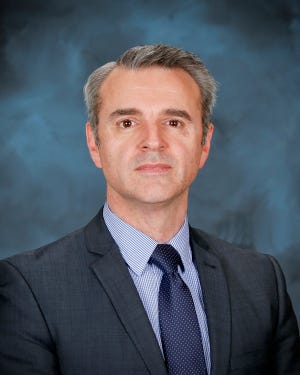

:quality(70):focal(1044x443:1054x453)/cloudfront-eu-central-1.images.arcpublishing.com/thenational/6RID7LA2E5GRVKTIATXOHERKX4.jpg)
:quality(70)/cloudfront-eu-central-1.images.arcpublishing.com/thenational/3XRE47MY226M7WOERSBNJRAFMU.jpg)
:quality(70)/cloudfront-eu-central-1.images.arcpublishing.com/thenational/RPWTVHEC2W4I7HVIUM5NN75QY4.jpg)
:quality(70)/cloudfront-eu-central-1.images.arcpublishing.com/thenational/67T3YHAFAJABRIXPLOSO2TYP5A.png)
:quality(70)/cloudfront-eu-central-1.images.arcpublishing.com/thenational/6PQ74TF6ABEFVNXXPUWRNYBAUE.jpg)
:quality(70)/cloudfront-eu-central-1.images.arcpublishing.com/thenational/T3U7IO3ZDRCIJGFBPU5T3V75BI.jpg)

